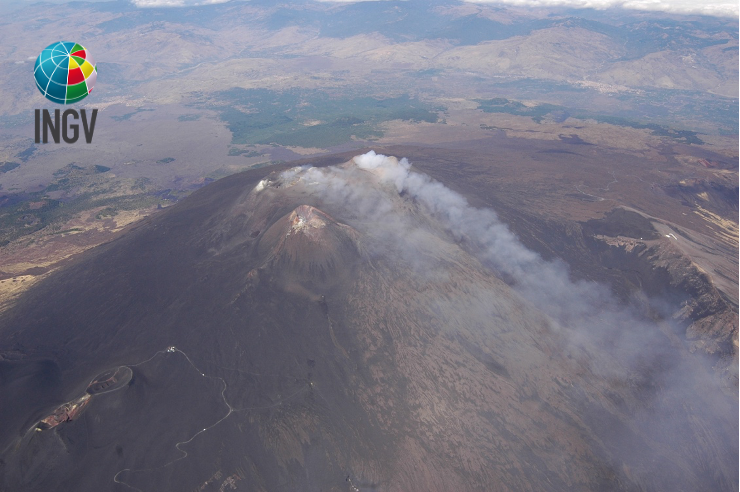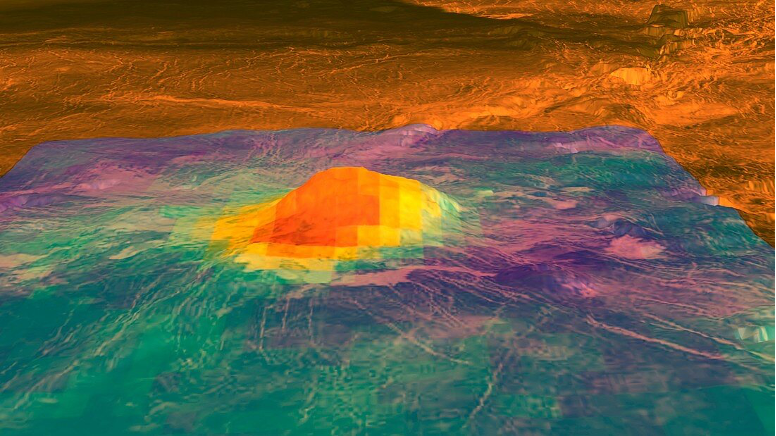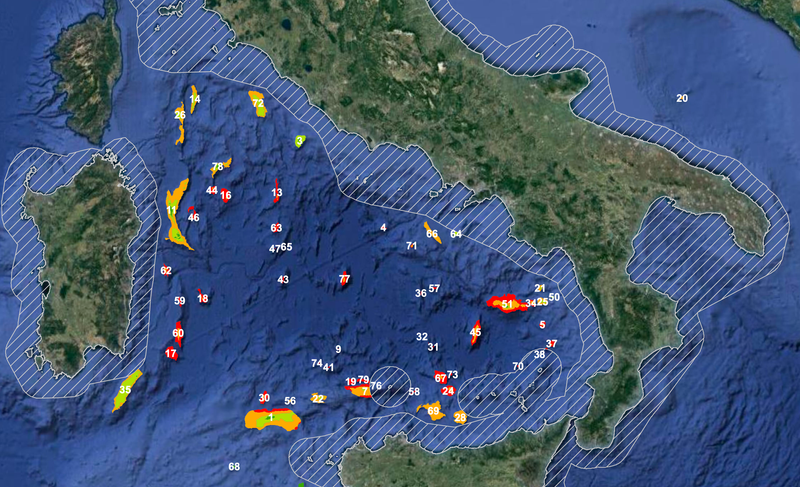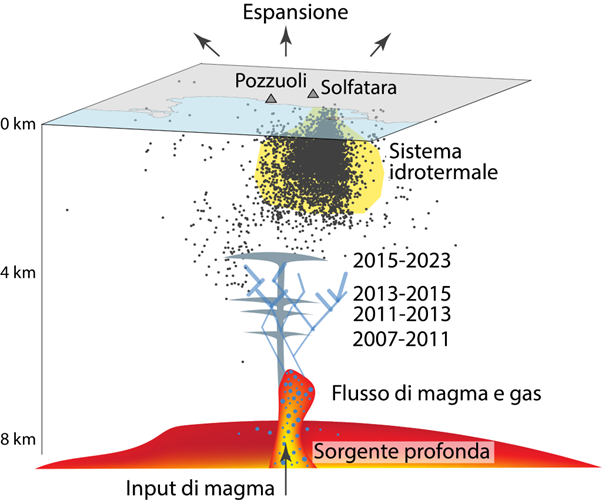The secrets of Venus from Etna
Sicilian volcano could unlock the mysteries of space volcanism
An international team of researchers, led by the National Institute of Astrophysics (INAF) in collaboration with the Etnean Observatory of the National Institute of Geophysics and Volcanology (INGV-OE), has identified Etna as an Earth analogue for investigating Idunn Mons, a potentially still active Venusian volcano. Venus volcanoes represent crucial targets for upcoming space missions, and Etna, one of the world's most monitored volcanoes, proves to be an ideal natural laboratory for developing radar data analysis techniques to detect ongoing volcanic activity on Venus.
Piero D'Incecco, first author of the paper - recently published in the journal Icarus - and a researcher at the INAF of Abruzzo explains that "the comparison showed that both volcanoes interact with a rift zone and the presence on the flanks of Idunn Mons of small volcanic structures, morphologically similar to the slag cones present on the flanks of Etna" and adds "The ease of access will also allow Etna to be used as a possible test area for soil drilling operations by landers that will land on the surface of Venus through future missions such as Roscosmos Venera-D.".
Venusian volcanism, compatible to Earth's hot-spot type, also shows signs of explosive volcanism, opening new perspectives on understanding volcanic phenomena on the twin planet. "Future missions to Venus," concludes the INAF researcher, "will also help us shed light on this possibility, which if confirmed would revolutionize the current view we have of Venusian volcanism.".

Stefano Branca, director of INGV's Etnean Observatory and co-author of the study, emphasizes: "Etna volcano from the 19th century onwards has been, and continues to be, a research laboratory for the entire Italian and international scientific community regarding geological, volcanological, geophysical and geochemical studies and, thanks to the multi-parameter monitoring system of INGV's Etnean observatory, it is one of the best studied volcanoes in the world. This work also highlights this even more with regard to the study of planetary volcanism, as in the case of Venus. In fact, the considerable knowledge about the eruptive history of the Sicilian volcano, acquired during the studies carried out for the publication of the geological map of Etna at the 1:50,000 scale, together with the knowledge about recent activity, has allowed us to make a morphostructural comparison with the Idunn volcano in order to identify possible evidence of active volcanism on Venus. This study represents the first piece of an important multidisciplinary collaboration between astrophysicists and volcanologists at INGV's Osservatorio Etneo. A synergy that opens fascinating research chapters and sheds new light on the mysteries of Venus' volcanism.".

The paper published in Icarus is only the first step in a large project called "Analogs for VENus' GEologically Recent Surfaces" (AVENGERS), which will select and study active volcanoes on Earth as analogs over the next few years to deepen our understanding of Venusian volcanism.







